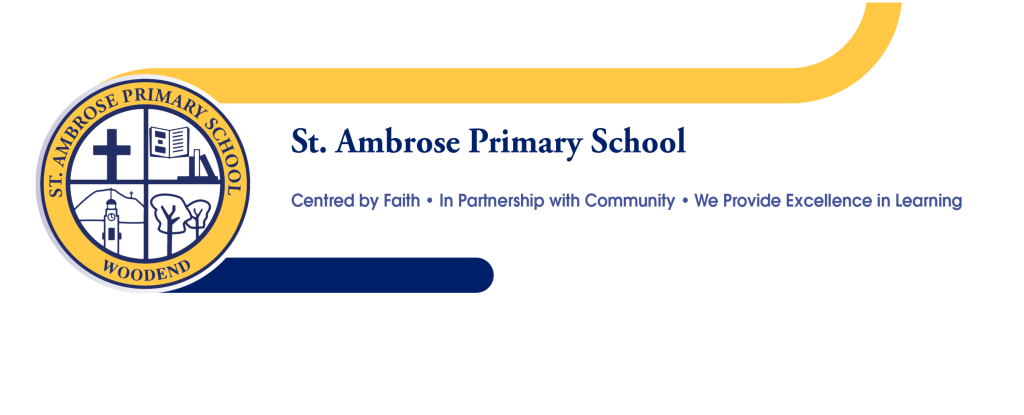Understanding the Standards
The 11 Child Safe Standards are listed below. Organisations who are required to comply with the Standards need to implement all aspects of the 11 Standards.
Each of the Standards is expressed as a statement of an expected outcome that organisations must achieve. The Standards also include minimum requirements, to provide more clarity for your organisation about what you need to do.
For each Standard, we have provided a list of documents and actions that will show that your organisation is meeting these minimum requirements. We call these compliance indicators.
The 11 Child Safe Standards
Standard 1
Organisations establish a culturally safe environment in which the diverse and unique identities and experiences of Aboriginal children and young people are respected and valued.
Standard 2
Child safety and wellbeing is embedded in organisational leadership, governance and culture.
Standard 3
Children and young people are empowered about their rights, participate in decisions affecting them and are taken seriously.
Standard 4
Families and communities are informed and involved in promoting child safety and wellbeing.
Standard 5
Equity is upheld and diverse needs respected in policy and practice.
Standard 6
People working with children and young people are suitable and supported to reflect child safety and wellbeing values in practice.
Standard 7
Processes for complaints and concerns are child-focused.
Standard 8
Staff and volunteers are equipped with the knowledge, skills and awareness to keep children and young people safe through ongoing education and training.
Standard 9
Physical and online environments promote safety and wellbeing while minimising the opportunity for children and young people to be harmed.
Standard 10
Implementation of the Child Safe Standards is regularly reviewed and improved.
Standard 11
Policies and procedures document how the organisation is safe for children and young people.


